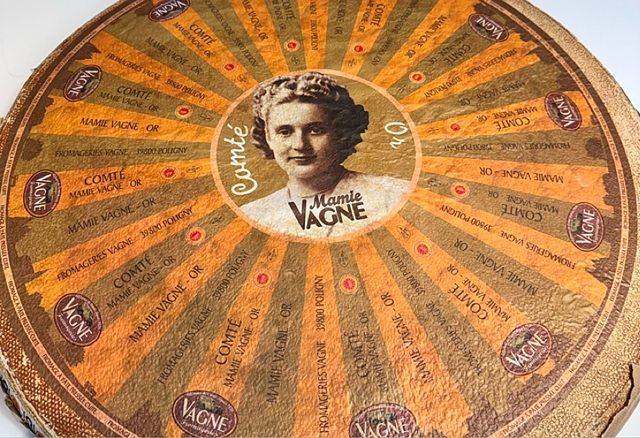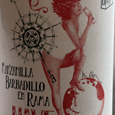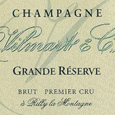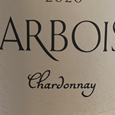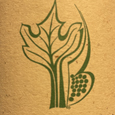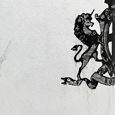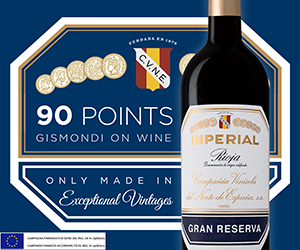Allison Spurrell has been in the retail cheese industry since 1987, when she founded the award-winning Vancouver cheese shop Les Amis du Fromage with her mother, Alice Spurrell.
Each month, Allison shares her formidable cheese knowledge with our avid newsletter followers who are as curious about cheese as they are about wine. This month, she takes us into the mountains of France.
Cheese Name: Comté Montagne
Origin: France
Milk Type: Raw cow’s milk.
Comté Montagne is an AOP-designated cheese made in the eastern Jura department. This classic French mountain cheese is made using raw milk from Montbéliarde cows, a traditional breed in the area. The milk must be heated in copper vats, made with raw milk and natural rennet, and formed into 40-kilo wheels. The wheels are usually aged for at least nine months but may be aged for as many as 36 months.
To get the “Montagne” label, the cows must be grazing in alpine pastures 1100 meters above sea level. The meadows in this beautiful mountainous area are home to hundreds of natural grasses and flowers. All the things the cows eat significantly affect the flavour of the milk, so the wheels made when the cows are outside in the mountains are the most desirable.
The cheeses are made in small mountainside cheese-making facilities called fruitières. They are often shipped to an affineur (a person who ages cheese). The affineur cares for the wheels in caves or cellars by salting, turning, and checking the wheels constantly.
Once determined to be of optimum age, they are shipped to stores nationwide and even farther across the ocean to us.
Tasting Notes:
You may have tried Comté or heard me speak about it in other articles. Today, I wanted to describe the differences that can be tasted from wheel to wheel.
One of the things we’ve already talked about is how the quality of the milk can change the wheels. This is just logical. If the milk you start with is fantastic and tasty, the cheese has a better chance of being the same. This is why the governing rules for the Appellation are very focused on how the animals are cared for, what breed can be used, what the animals can be fed, and how the milk is treated during the make. These basic things bring out the fantastic flavours in the finished cheese. You would think that every wheel tastes somewhat the same, but if you went to a tasting with a wheel from 3 different cheese makers, you would see not only the slight difference in style but also between each herd and what meadows they were grazing on. You might think you wouldn’t be able to notice, but you really would; the flavours can be amazingly diverse.
The other key component that makes every wheel different is age. Like most cheeses, when the wheels are young, the paste is softer and leans toward milder and a little fruitier. When it ages, it loses moisture, becomes more brittle in texture, and is stronger and sharper in flavour. You will notice tastes can vary from nutty to earthy, gamey, or even slightly woodsy. There is a flavour wheel produced that will clarify all of the 120 odd flavours you might recognize in your particular piece of Comté.
The texture will also change dramatically. Once a cheese is around 14 months old, you will see some small white flecks dotting the paste when you cut it. These tyrosine crystals are formed when amino acids break down the proteins in the cheese. As the cheese ages, evidence will be noticeable on the surface of the cheese. A 30-month or older wheel will have a substantially different texture because of the tyrosine crystals, especially compared to a young wheel.
Aging is one of the most fascinating things about the world of cheese. How is it possible that the same cheese at different ages can taste so different? It makes it a fun study because you know that no matter how many times you have tasted Comté, you may taste something different in the wheel being cut for you this time. Like wine, there is always something new to learn whenever a bottle is open or a wheel is split.
GOW suggested wine pairings :

 quicksearch
quicksearch

